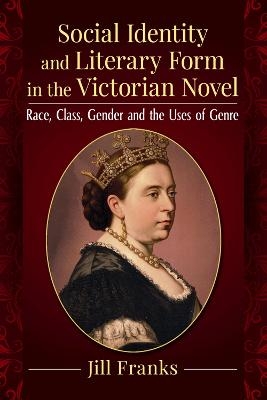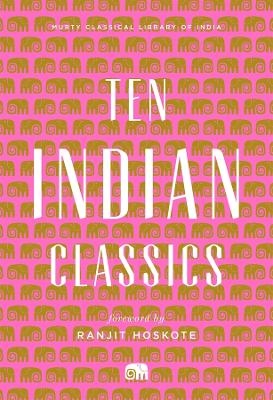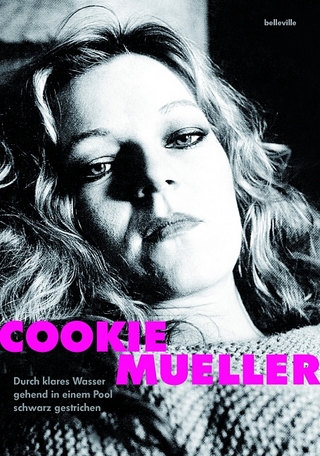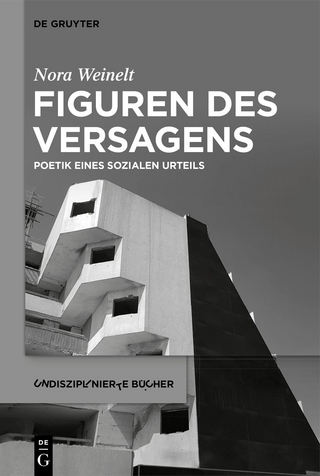
Social Identity and Literary Form in the Victorian Novel
McFarland & Co Inc (Verlag)
978-1-4766-8726-1 (ISBN)
Enormous social changes during the Victorian era inspired some of the finest novels in the English language. In the final decades of the century, rigid application of gender rules and class hierarchies began to relax. Consciousness of the injustice of class- and gender-based discrimination was growing. Meanwhile, bias against nonwhite peoples was worsening. The British used scientific racism to justify their relentless expansion in Africa and Asia.
Viewing Victorian literature through the lens of these social changes gives the modern reader a fresh way to interpret the novels and to appreciate their relevance to contemporary issues. Nineteenth-century novelists deployed realism, satire, and the bildungsroman to resist or support leading ideologies of their time, including the separate spheres doctrine and British supremacism. Each chapter is an elaboration of the author's university lectures about Victorian classics. The tone is scholarly yet conversational, directed to the undergraduate student as well as the general reader or Victoriaphile. The text presents concepts in interdisciplinary cultural studies, discusses the uses of genre for rhetorical and social purposes, and exposes paradoxes of the era. The coherent style, abundant examples, discussion questions, and literary glossary make this book a valuable supplement for readers of the Victorian novel.
Jill Franks teaches English literature and film at the University of Massachusetts Amherst.
Table of Contents
Preface
Introduction—The Victorian Age: Progress and Paradox
I. Wuthering Heights (1847)
1. Heathcliff’s Social Climbing
2. Masculine Privilege, Absent Mothers, Merging Lovers: Gender Roles and Love Relationships
II. Jane Eyre (1847)
3. Judging People by Color, Physiognomy, and Phrenology
4. Wide Sargasso Sea—Dark Secrets of the Caribbean: Hatred, Murder, Madness
III. Vanity Fair (1848)
5. Race and Empire
6. Aporia, Metafiction, and the Narrator
IV. North and South (1854)
7. Roman Daughter and Milquetoast Father
8. Regional and Class Prejudice
V. A Tale of Two Cities (1859)
9. London versus Paris: Is This a Competition?
10. Allegory and Personification
11. Law and Justice
VI. Great Expectations (1861)
12. Little Pip’s Outsized Guilt
13. Jack Maggs—Magwitch Writes Back
14. Refining Fire and Doppelgänger Devils
15. Anti-Semitism, Casual Racism, and Pedagogy
VII. Middlemarch (1871)
16. Angel of Destruction or Spacious Mind?
17. Mrs. Cadwallader, Busybody
18. What Is a Gentleman?
19. Dorothea and Lydgate’s Unrealized Potential
VIII. Far from the Madding Crowd (1874)
20. Bathsheba’s Feminism
21. The Role of the Rustics
22. Hardy’s Life and Loves
IX. The Strange Case of Dr. Jekyll and Mr. Hyde (1886)
23. Jekyll’s Downfall—Sadism or Repression?
24. Dr. Jekyll and Mary Reilly: Abuse, Trauma, and Gender
X. Tess of the D’Urbervilles (1891)
25. Hardy’s Modernity and Cosmic Irony
26. Pagan versus Christian Values
XI. The Odd Women (1893)
27. The Challenge of Writing a Novel of Ideas
28. The Skewed Income Scale: Intersections of Gender and Class
Appendix A: Discussion Questions
Appendix B: Glossary of Literary and Historical Terms
Acknowledgments
Index
| Erscheinungsdatum | 11.08.2022 |
|---|---|
| Zusatzinfo | 9 photos, glossary, appendices, notes, bibliographies, index |
| Verlagsort | Jefferson, NC |
| Sprache | englisch |
| Maße | 152 x 229 mm |
| Gewicht | 381 g |
| Themenwelt | Geisteswissenschaften ► Sprach- / Literaturwissenschaft ► Anglistik / Amerikanistik |
| Geisteswissenschaften ► Sprach- / Literaturwissenschaft ► Literaturgeschichte | |
| Geisteswissenschaften ► Sprach- / Literaturwissenschaft ► Literaturwissenschaft | |
| ISBN-10 | 1-4766-8726-9 / 1476687269 |
| ISBN-13 | 978-1-4766-8726-1 / 9781476687261 |
| Zustand | Neuware |
| Informationen gemäß Produktsicherheitsverordnung (GPSR) | |
| Haben Sie eine Frage zum Produkt? |
aus dem Bereich


